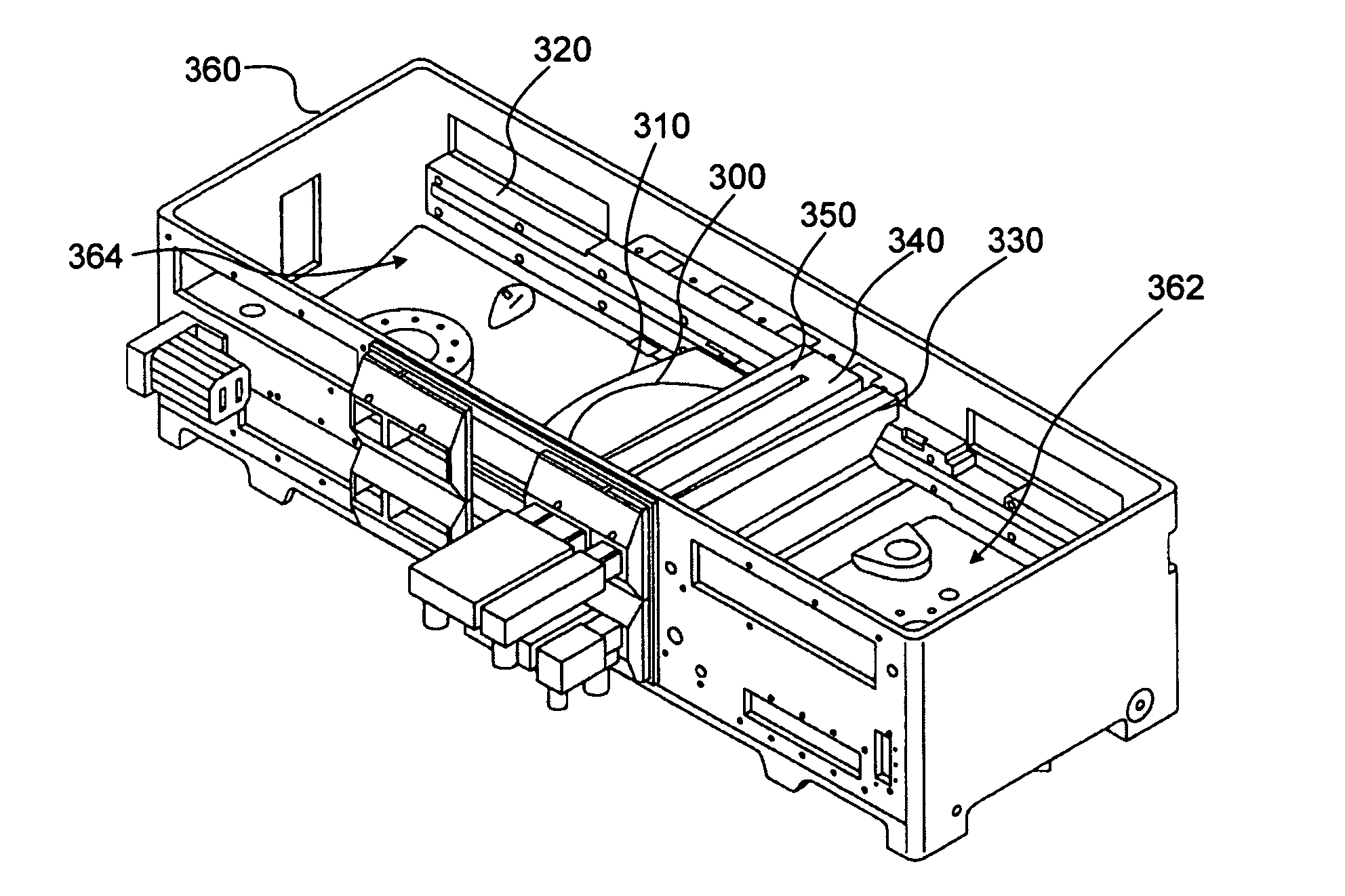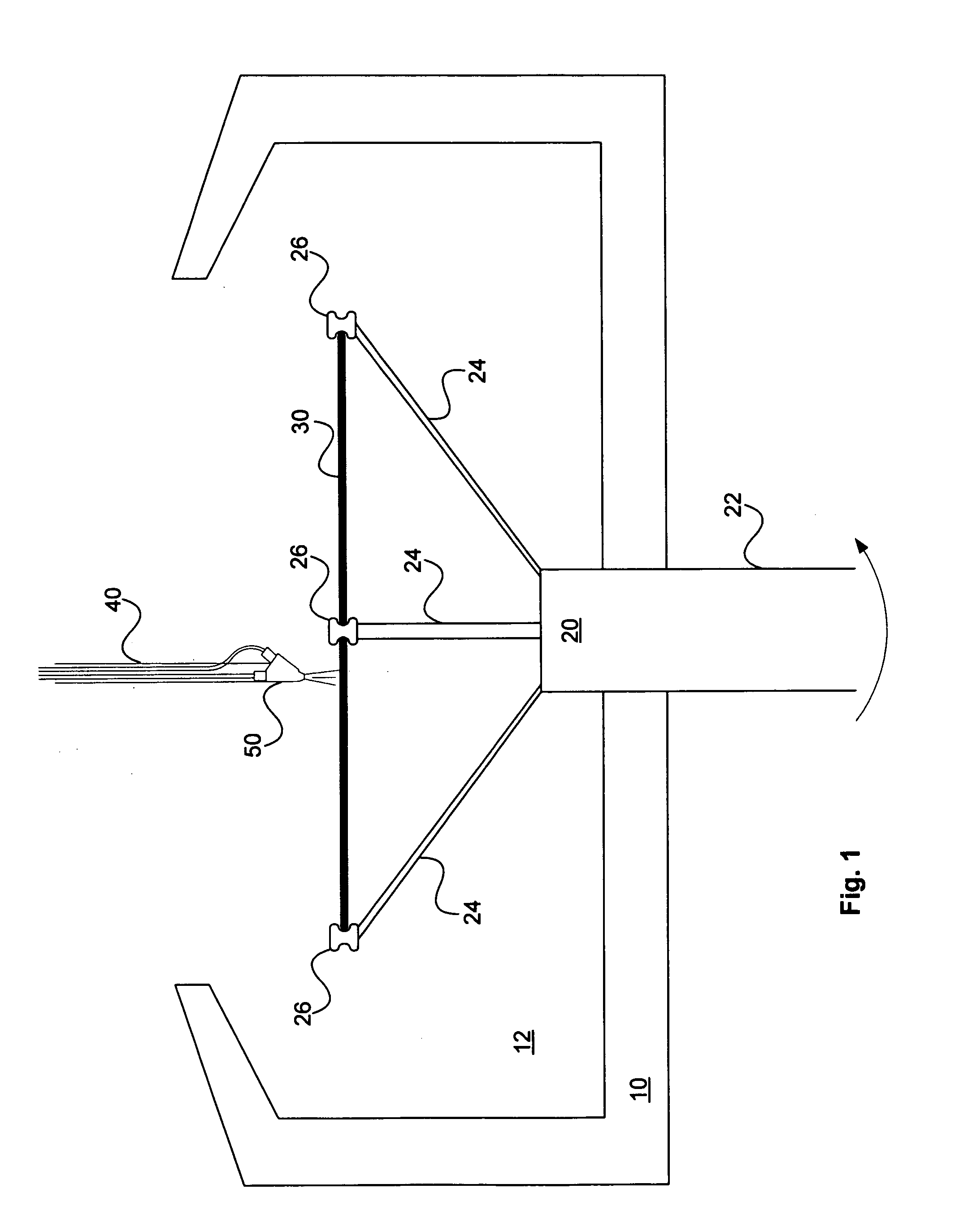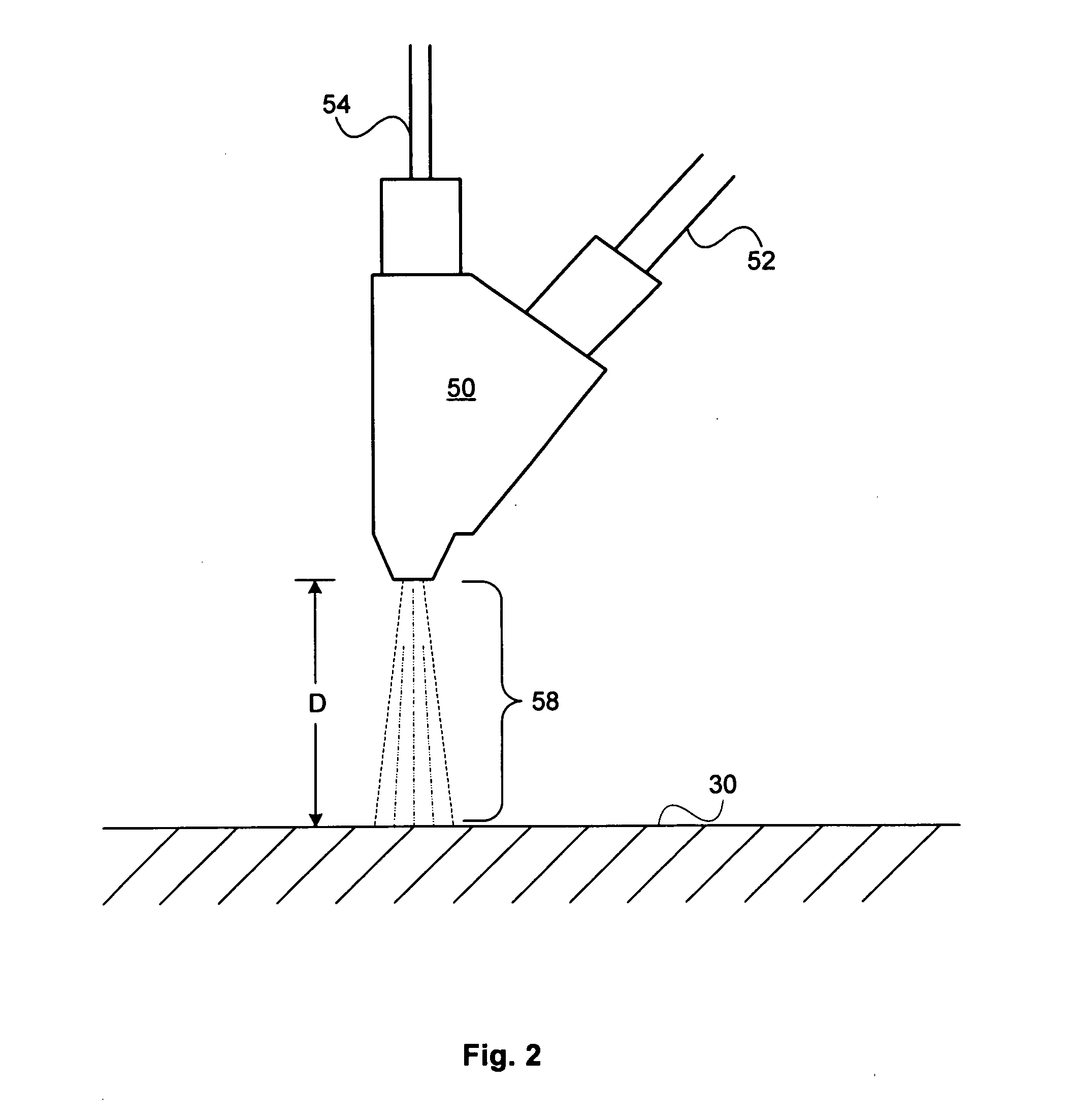Method of particle contaminant removal
a technology of particle contaminant and removal method, which is applied in the preparation of detergent mixture composition, cleaning using liquids, detergent compositions, etc., can solve the problems of material present in a manufacturing operation as a potential source of contamination, the size of particulate contamination, and the device within the vicinity of the contamination will likely be inoperable, so as to reduce the amount of contamination left, the effect of easy peeling and high velocity
- Summary
- Abstract
- Description
- Claims
- Application Information
AI Technical Summary
Benefits of technology
Problems solved by technology
Method used
Image
Examples
Embodiment Construction
[0029]Several embodiments for effectively removing particle contaminants from a solid surface are now described. It will be obvious, however, to one skilled in the art, that the present invention may be practiced without some or all of these specific details. In other instances, well known process operations have not been described in detail in order not to unnecessarily obscure the present invention.
[0030]Embodiments of the invention provide a particle removal mechanism for cleaning a solid surface using a viscoelastic material and providing a spray jet to apply a liquid at high velocity to the viscoelastic material. The viscoelastic material is selected such that the chemical structure of the material allows for at least partial binding or interaction with particle contaminants that are to be removed from the solid surface. The viscoelastic material is applied to the solid surface as a liquid; however, the time duration of the force applied by the high velocity liquid is shorter t...
PUM
| Property | Measurement | Unit |
|---|---|---|
| velocity | aaaaa | aaaaa |
| velocity | aaaaa | aaaaa |
| velocity | aaaaa | aaaaa |
Abstract
Description
Claims
Application Information
 Login to View More
Login to View More - R&D
- Intellectual Property
- Life Sciences
- Materials
- Tech Scout
- Unparalleled Data Quality
- Higher Quality Content
- 60% Fewer Hallucinations
Browse by: Latest US Patents, China's latest patents, Technical Efficacy Thesaurus, Application Domain, Technology Topic, Popular Technical Reports.
© 2025 PatSnap. All rights reserved.Legal|Privacy policy|Modern Slavery Act Transparency Statement|Sitemap|About US| Contact US: help@patsnap.com



